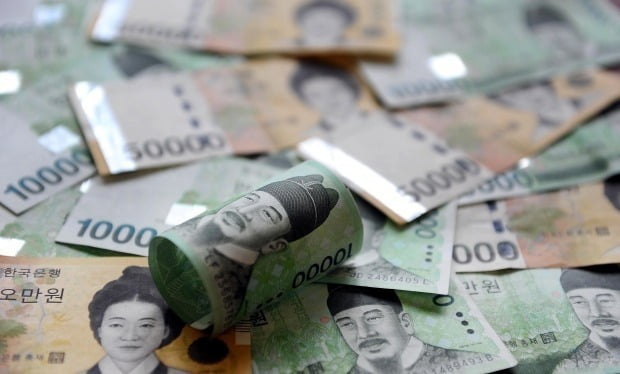
Photo = Hankyung DB
In addition, the Democratic Party’s theory of’Corona 19’s increase’ is emerging. It is argued that the self-employed person’s loss compensation should be financed by temporarily increasing tax collection.
Lee Won-wook, a member of the Democratic Party, said on the 27th, “I think what if I could raise compensation for losses with a temporary increase in VAT” in relation to the plan to finance loss compensation for small business owners and self-employed people. He appeared on YTN Radio that day and was asked about it, and he said, “The amount of VAT in 2019 is around 70 trillion per year.” When it opens, I’m thinking about the way to end it as soon as the balance reaches zero by raising money there.”
“VAT is one of the most common ways to increase tax,” he argued. “Because everyone pays when buying things, they are generally concerned with the purpose of overcoming the current crisis situation.” Congressman Lee said, “It’s something I’m thinking about myself, so I won’t be able to research and initiate legislation soon,” he said. “National consensus is a very important issue.” He emphasized, “If the VAT rises by 10%, the total price of the product rises by 1%, but the purpose of overcoming the burden is to pay 100 won more each from 10,000 won.”
Although the clues were’temporary’, the increase in VAT is a universal taxation plan that has taken one step further from the Moon Jae-in administration’s’increase in the wealthy’. The President’s Directive Policy Planning Committee also proposed a plan to increase VAT in December 2019 to expand welfare. Korea has maintained a 10% tax rate since the introduction of the VAT system in 1977. VAT is one of the three major national taxes. As of 2019, the amount of VAT was 70.8 trillion won, ranking third after income tax (83 trillion won) and corporate tax (72 trillion won).
The rate of taxpayers’ tax burden is increasing. According to the National Assembly Budget Office, the tax burden rate entered the 20% range for the first time in 2019. Despite the economic downturn, corporate tax revenues increased due to the increase in the highest corporate tax rate, and real estate-related taxes such as comprehensive real estate tax also increased. In addition to taxes, public pension and social insurance payments were reflected, and the national burden rate was found to be close to 30%. The tax burden ratio refers to the ratio of national and local tax revenues to gross domestic product (GDP). It shows the level of the people’s tax burden.
Korea’s tax burden is lower than the average of the 37 member states of the Organization for Economic Cooperation and Development (OECD). However, the rate of increase is faster than the OECD average. Korea’s tax burden rose 2.8 percentage points in 2018 compared to 2014 (17.1%), but over the same period, the OECD average rose only 0.6 percentage points from 24.3% to 24.9%. Dong-geun Cho, an emeritus professor at the Department of Economics at Myongji University, said, “Instead of increasing taxation, we must increase the amount of money naturally by activating the economy.”
Reporter Dowon Lim/Sohyun Kim [email protected]
Ⓒ Hankyung.com prohibits unauthorized reproduction and redistribution
